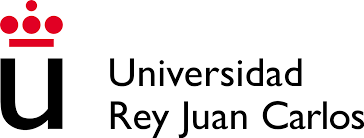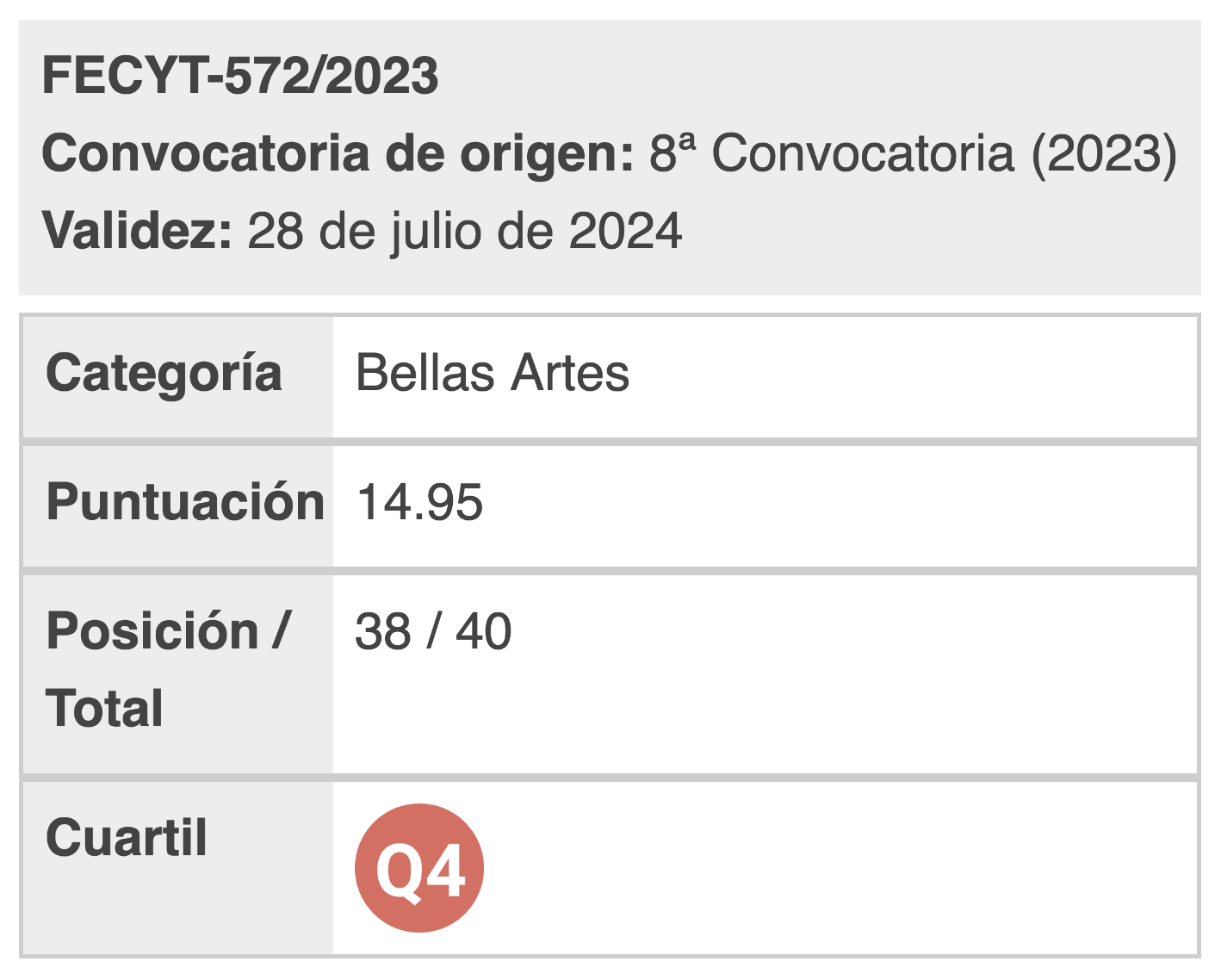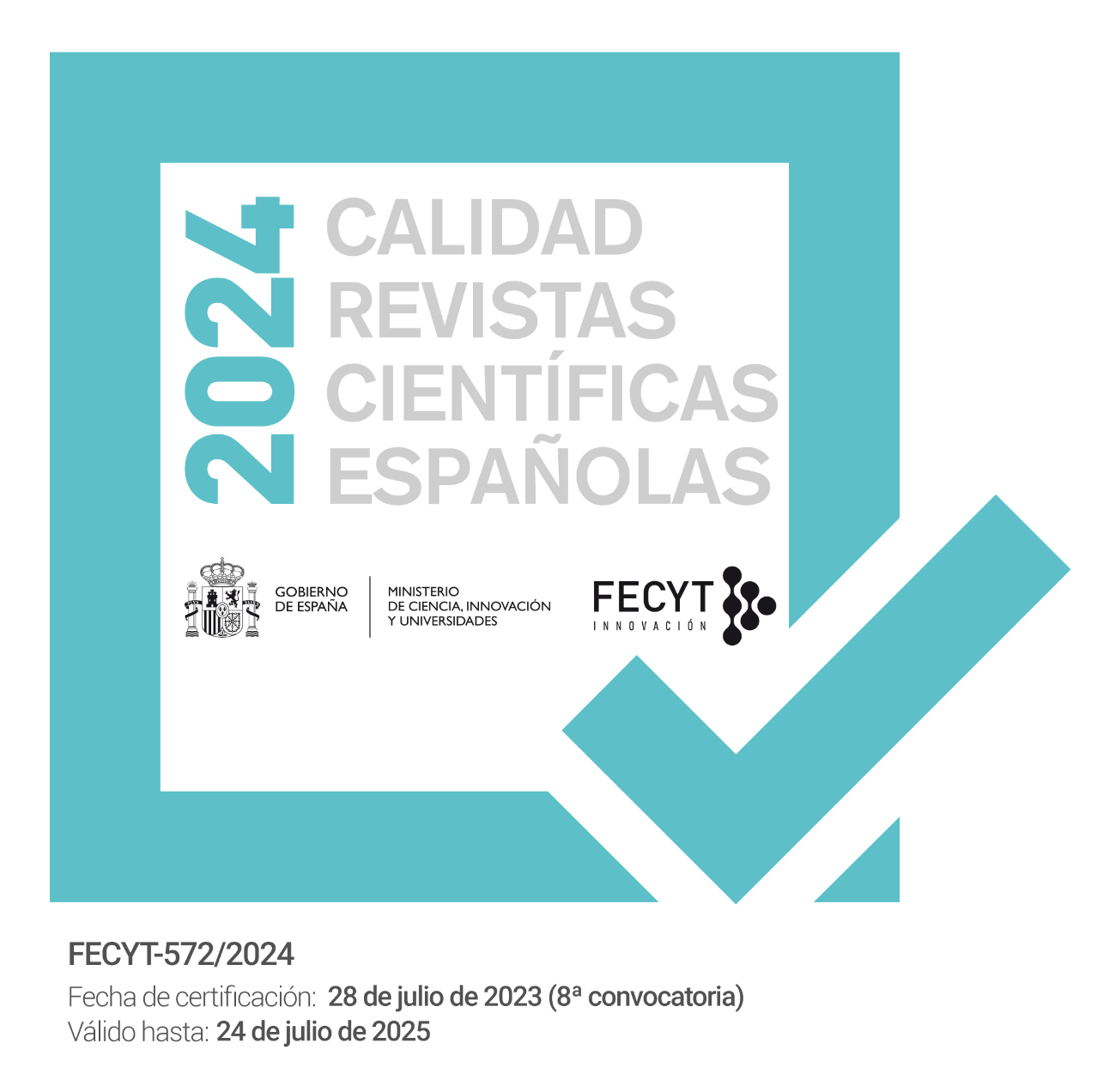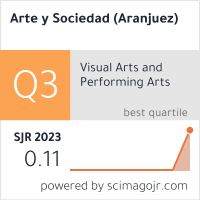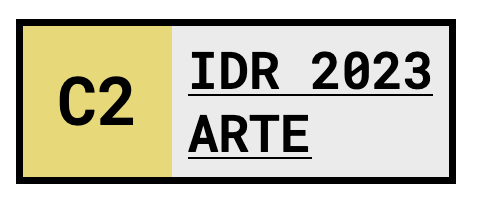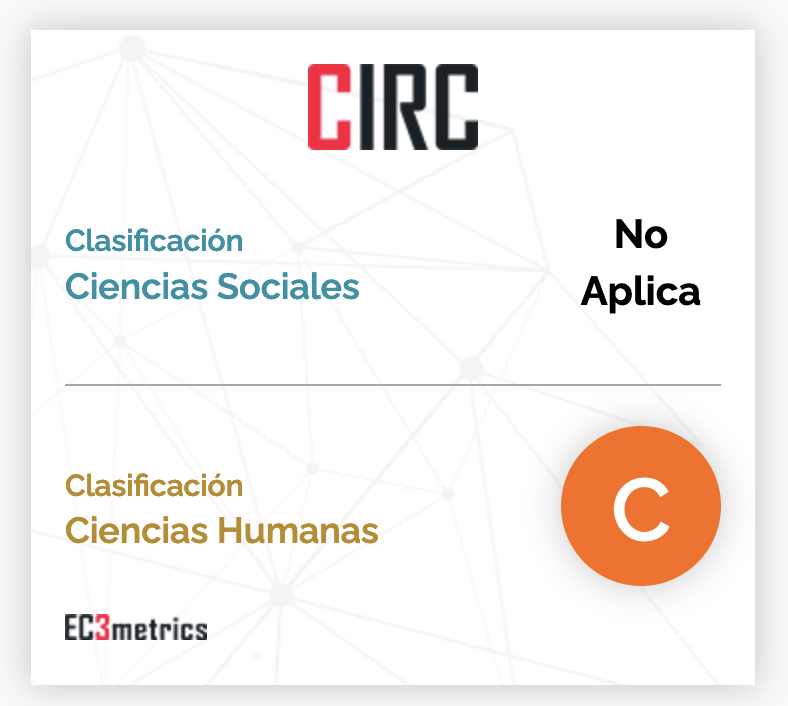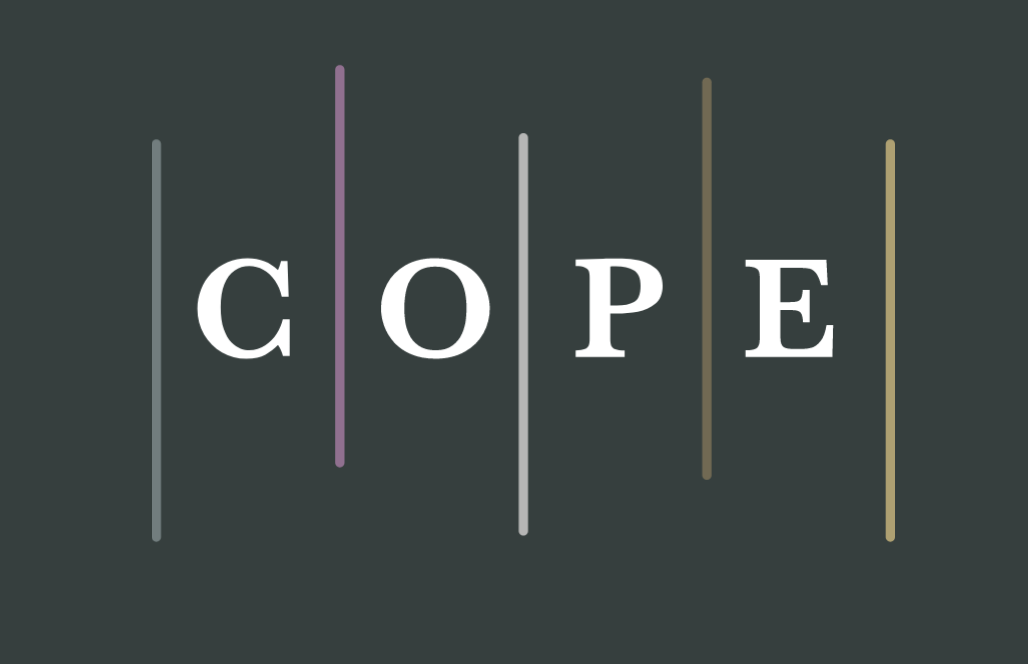Levels of narrative, spatial and interaction design for content development in the medium of virtual reality
DOI:
https://doi.org/10.5281/zenodo.7651169Keywords:
Virtual reality, narrative, interactivity, immersive technology, 3D graphicsAbstract
The evolution of Virtual Reality in the last decades has drawn attention to its ability to communicate. Nowadays, it’s potential and characteristics for narrative and the construction of interactive stories it’s growing, allowing us to see a great number of examples of narrative projects with its own characteristics. The purpose of this paper is to categorize generically the types of narrative content that are being used in virtual reality now through a literature review and the analysis of some of the most remarkable features.
References
Aylett, R.S. (pdf) (1999). Narrative in Virtual Environments: Towards Emergent Narrative. 1999 AAAI Fall Symposium, Technical report FS-99-01. AAAAI Press, Menlo Park, 1999, 83-86.
Aylett, R. y Louchart, S. (2003). Towards a narrative theory of virtual reality. Virtual Reality, 7(1), 2-9.
Bala, P.; Dionisio, M.; Nisi, V.; Nunes, N. (2016). IVRUX: A Tool for Analysing Immersive Narratives in Virtual Reality. In Nack, F.; Gordon, A.S. (Eds.). ICIDS 2016 LNCS 2015, 3-11. DOI: 10.1007/978-3-319-48279-8_1.
Biocca, F. y Delaney, B. (1995). Immersive virtual reality technology. Communication in the age of virtual reality, 15(32), 10-5555.
Boal, A. (1974). Theatre of the oppressed.
Bucher, J. (2017). Storytelling for virtual reality: Methods and principles for crafting immersive narratives. Taylor & Francis.
Dooley, K. (2017). Storytelling with virtual reality in 360-degrees: a new screen grammar. Studies in Australasian Cinema, 11 (3), 2017, 161-171. DOI: 10.1080/17503175.2017.1387357
Fischer, J.A. (2016). Strong Concepts for Designing Non-verbal Interactions in Mixed Reality Narratives. In Nack, F.; Gordon, A.S. (Eds.). ICIDS 2016 LNCS 2015, 298-308. DOI: 10.1007/978-3-319-48279-8_26.
Fischer, J.A.; Garg, A.; Singh, K.P.; Wang, W. (2017). Designing Intentional Impossible Spaces in Virtual Reality Narratives: A Case Study. IEEE Virtual Reality (VR), March 18-22, 2017, 379-380.
Harrell, D. F. (2013). Phantasmal media: An approach to imagination, computation, and expression. MIT Press.
Jerald, J. (2015). The VR book: Human-centered design for virtual reality. Morgan & Claypool.
Lanier, J. y Biocca, F. (1992). An insider's view of the future of virtual reality. Journal of communication, 42(4), 150-172.
Laurel, B., Strickland, R., & Tow, R. (1994). Placeholder: Landscape and narrative in virtual environments. ACM SIGGRAPH Computer Graphics, 28(2), 118-126.
Milgram, P. y Kishino, F. (1994). A taxonomy of mixed reality visual displays. IEICE TRANSACTIONS on Information and Systems, 77(12), 1321-1329.
Reyes, M.C.; Zampolli, S. (2017). Screenwriting Framework for an Interactive Virtual Reality Film. 3rd Immersive Research Network Conference iLRN, 2017. DOI: 10.3217/978-3-85125-530-0-15.
Roussou, M. (2001, September). The interplay between form, story, and history: The use of narrative in cultural and educational virtual reality. In International Conference on Virtual Storytelling (pp. 181-190). Springer, Berlin, Heidelberg.
Ryan, M. L. (2015). Narrative as virtual reality 2: Revisiting immersion and interactivity in literature and electronic media (Vol. 2). JHU Press.

Published
How to Cite
Issue
Section
License

This work is licensed under a Creative Commons Attribution 4.0 International License.
You are free to:
Share — copy and redistribute the material in any medium or format.
Adapt — remix, transform, and build on the material for any purpose, including commercial.
Attribution — You must properly acknowledge the authorship, provide a link to the license, and indicate if any changes have been made.
You may do so in any reasonable manner, but not in any way that suggests that you endorse or receive any endorsement by the licensor for your use.
No additional restrictions — You may not apply legal terms or technological measures that legally restrict you from doing what the license allows.

